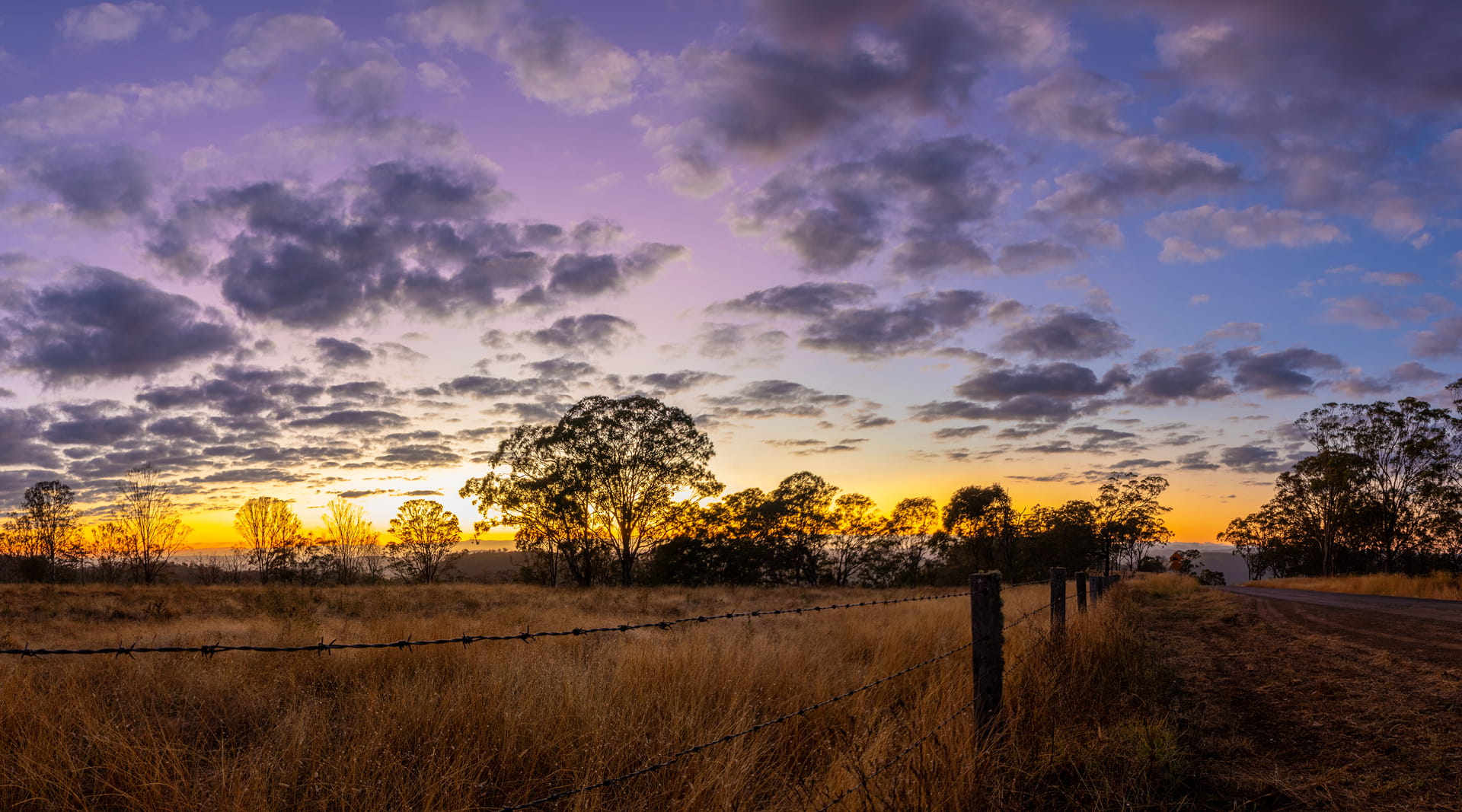Refusing mining approvals on human rights grounds – the Queensland Land Court and the Human Rights Act 2019
25 July 2023

25 July 2023

On 25 November 2022, President Kingham of the Land Court of Queensland handed down her decision inWaratah Coal Pty Ltd v Youth Verdict Pty Ltd & Ors (No 6)[2022] QLC 21. The decision considered Waratah Coal's applications for a mining lease and environmental authority for its proposed Galilee Basin coal mine development.
Multiple objections were made to these applications under theMineral Resources Act 1989(昆士兰)和Environmental Protection Act 1994(Qld). Some of these objections were on the basis that decisions to grant the approvals would be incompatible with human rights, including Aboriginal and Torres Strait Islanders' cultural rights.
The Court ultimately decided to recommend that the ultimate decision-maker refuse both the mining lease and the environmental authority. This was in part based on the Court's finding that approval of the mine would unjustifiably limit a number of human rights under theHuman Rights Act.
This article focuses on how the Court reached its conclusion that Indigenous cultural rights would be limited by the grant of the approvals.
At the time of the hearing, the objections raised the following issues relevant to Indigenous cultural rights:
The inquiries for all of these are interrelated – the evidence and findings on the other topics were crucial to the findings made by the Land Court on the human rights issues.
Section 28 of theHuman Rights Actsets out the cultural rights of Aboriginal and Torres Strait Islander peoples:
Cultural rights – Aboriginal peoples and Torres Strait Islander peoples
1. Aboriginal peoples and Torres Strait Islander peoples hold distinct cultural rights.
2. Aboriginal peoples and Torres Strait Islander peoples must not be denied the right, with other members of their community-
to enjoy, maintain, control, protect and develop their identity and cultural heritage, including their traditional knowledge, distinctive spiritual practices, observances, beliefs and teachings; and
to enjoy, maintain, control, protect, develop and use their language, including traditional cultural expressions; and
to enjoy, maintain, control, protect and develop their kinship ties; and
to maintain and strengthen their distinctive spiritual, material and economic relationship with the land, territories, waters, coastal seas and other resources with which they have a connection under Aboriginal tradition or Island custom; and
to conserve and protect the environment and productive capacity of their land, territories, waters, coastal seas and other resources.
3. Aboriginal peoples and Torres Strait Islander peoples have the right not to be subjected to forced assimilation or destruction of their culture.
The Explanatory Note to the Human Rights Bill 2018 states that these rights are drawn from Article 27 of theInternational Covenant on Civil and Political Rightsand Articles 8, 25, 29 and 31 of theUnited Nations Declaration on the Rights of Indigenous Peoples.
法院认为这些权利的本质,我ncluding international jurisprudence on similar rights in other jurisdictions.
The Court concluded that these Indigenous cultural rights are directed to both self-determination and survival of culture, and recognise the holistic nature of the relationship between Indigenous groups and land, waters and resources. These rights specifically protect the rights to conserve and protect country, and to develop and protect culture. Given that an important part of traditional law and custom is about passing down culture to the next generations, these rights are also inherently intergenerational.
The Court held that climate change could limit human rights. It applied a broad interpretation of the word "limit". In the Court's view, there was a logical connection between the act of authorising the project and the climate-change-related harm caused by emissions from combustion of the coal. This meant the act had the capacity to limit rights.
Climate change impacts (such as rising sea levels for coastal groups) were found to limit Indigenous cultural rights. For example, rising sea levels could displace Torres Strait Islanders from their country and wash away their important coastal cultural sites.
The Court then analysed whether the limit on Indigenous cultural rights was justifiable, having regard to the factors in section 13 of theHuman Rights Act.
The Court accepted that there were likely economic and social benefits (for example, the provision of electricity in South-East Asia) if the mine were to be approved. However, it considered that the benefits were uncertain, and the proponent's evidence inflated the benefits. The Court disagreed that combusting coal was the only way to receive some of these benefits.
On the other hand, preserving Indigenous cultural rights was considered to be of fundamental importance to Indigenous peoples, particularly given the history of dispossession and destruction of culture. This was supported by the evidence of the Indigenous witnesses, who spoke to the importance of preserving culture and country, and the deep extent to which climate change impacts would impact their culture and identity.
On balance, the Court considered that the importance of the purpose of the limitation – the economic and social benefits of the mine – was outweighed by the importance of preserving Indigenous cultural rights. The Court therefore considered that approving the project was an unreasonable and unjustifiable limitation on Indigenous cultural rights.
It is clear that proponents cannot ignore the effect of theHuman Rights Acton decision-making for key approvals for new projects, particularly for thermal coal. Good evidence about impacts and justification must be gathered - decision-makers could use statutory information request powers (such as section 386J of theMineral Resources Act) to force proponents to prepare and provide this evidence.
Findings in relation to Indigenous cultural rights will depend on the evidence presented to the Court about climate change impacts and the economic and social benefits of the mine.
支持者must ensure they understand this decision and its ramifications for resources development in Queensland. The difference between grant and refusal of applications for key project approvals may depend on understanding potential human rights impacts – and producing evidence to respond to those impacts.
In order to ensure the best likelihood for project approvals, proponents must be prepared to argue (supported by high quality evidence) that their project does not impact human rights – or, where they are impacted, why any impact is justified. Depending on the nature of the impact, this evidence may need to be quite strong.
Authors:Martin Doyle, Lawyer; Sophie Pruim, Graduate; Tony Denholder, Partner.


